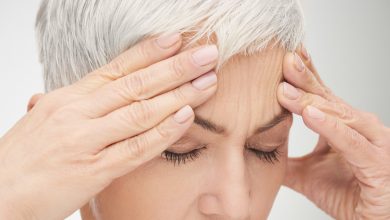Why is Alzheimer’s Disease Lower in India?
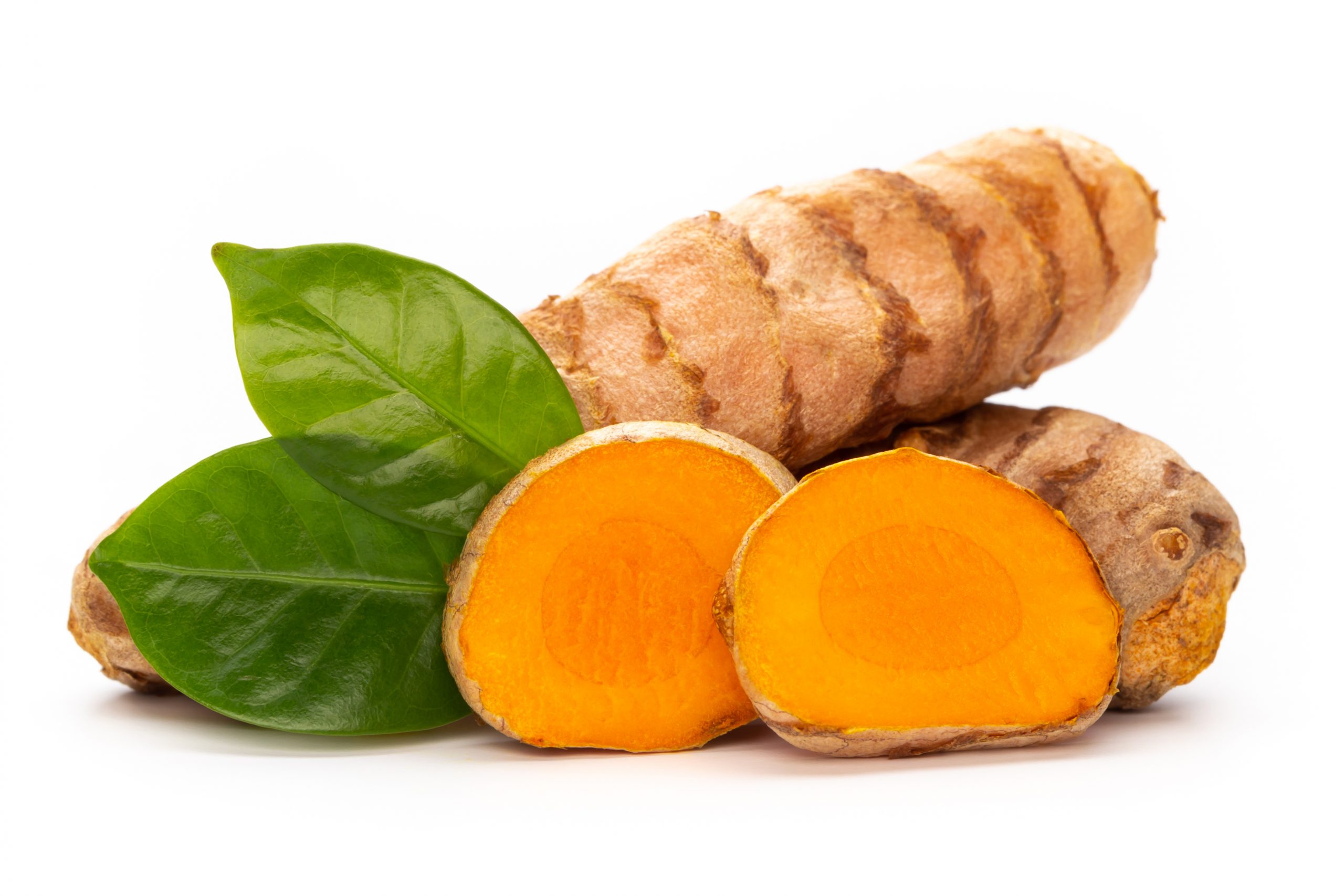
You are looking at rhizomes from the Curcuma Longa plant. Rhizomes are parts of a plant’s root system. The spice ‘turmeric’ comes from these particular rhizomes. By the way, if you are thinking that the turmeric rhizomes look like ginger, you are right. Turmeric and ginger belong to the same vegetable family.

Turmeric is usually used in its powdered form. It gives a rich, golden color to cooking and baking. It is one of the spices used to give Indian cooking its characteristic flavors.
During the last decade, however, scientists have been finding that turmeric may be able to help with various health issues, in particular helping to keep the brain healthy and the memory sharper. The research studies center around curcurmin, the principal chemical component of turmeric.
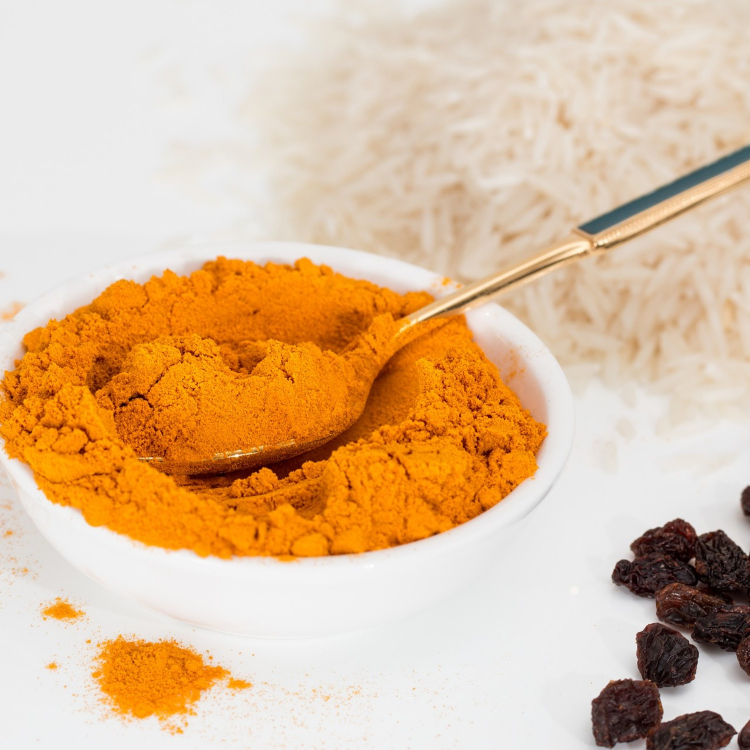
The data shows that rates of Alzheimer’s disease are lower in India than in comparison to many parts of the world.
Could it be the amount of turmeric they eat?
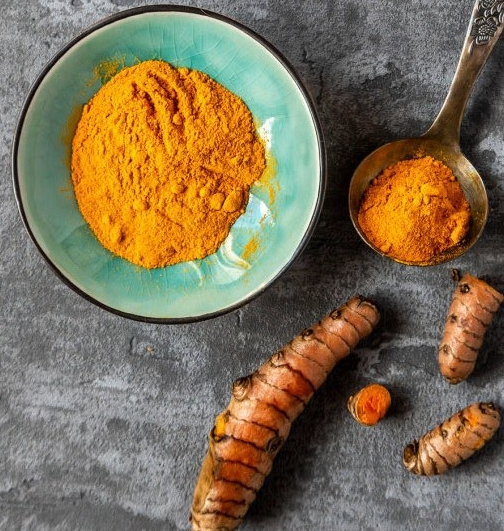
In 2006, researchers found that curcurmin could help tumors which had already formed were not able to grow larger. Curcurmin exhibits anti-inflammatory and antioxidant properties.
This study made an important point about the quality of the turmeric used. The purer the powder, the higher the concentration of curcurmin, the more significant the effects.
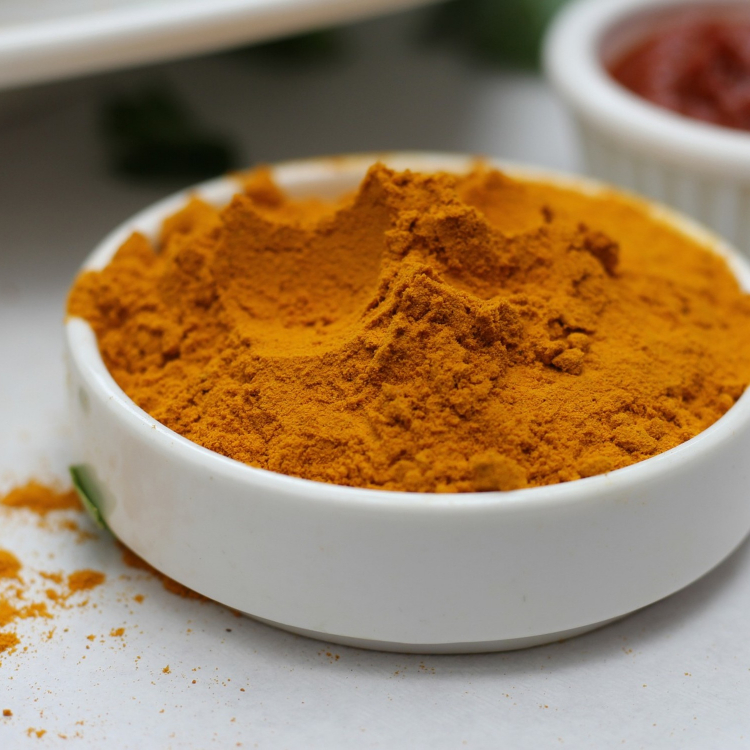
Another study, done in 2008, looked at how curcurmin could help patients with Alzheimer’s disease. They concluded that curcurmin has a “potential role in treatment of Alzheimer’s…[because it] improves the cognitive functions in patients with Alzheimer’s”.
Here’s how scientists think it works: The evidence appears to show “that oxidative stress, free radicals, beta amyloid [plaques], cerebral deregulation caused by bio-metal toxicity and abnormal inflammatory reactions contribute to the key event in Alzheimer’s disease pathology”. Curcumin can seems to decrease the Beta-amyloid plaques. It can also ‘clean up’ the toxicity in the brain and lower the amount of inflammation. As a result, the memory of Alzheimer’s patients is improved.

A more recent study in 2018 supported these findings and expanded the results. Researchers concluded that as a result of their behavioral, memory, and attention improvements, patients’ moods were significantly more positive. Read more about this study here.
So, there was both a quantitative (real, physical changes) and a qualitative (real, emotional/perceptive changes) in these patients’ quality of life.
How much turmeric should you take?
Researchers give their participants a daily dose of between 500–2,000 mg of turmeric. They use specialized turmeric products which usually have much higher concentrations of curcumin than that found in ‘regular’ turmeric.
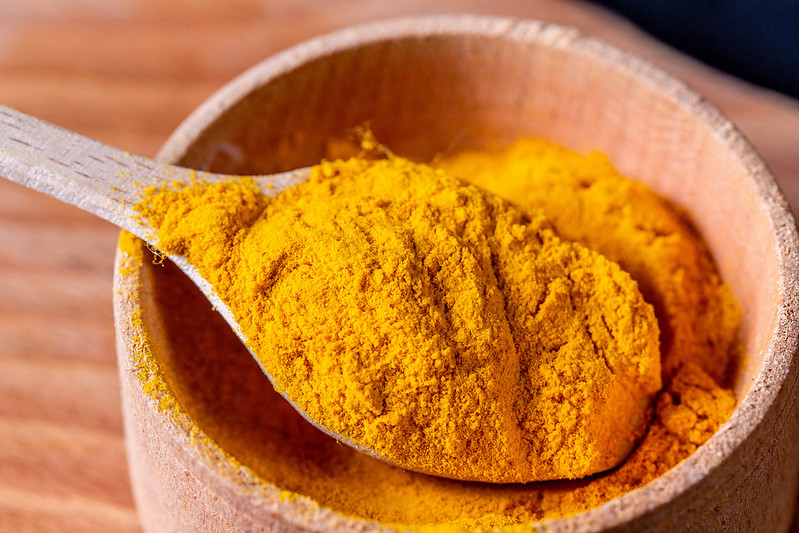
Up to recently, most people considered turmeric a spice. With this new information, however, people are understanding that turmeric (and its chemical component, curcumin) can contribute to a healthier brain including a better memory.


